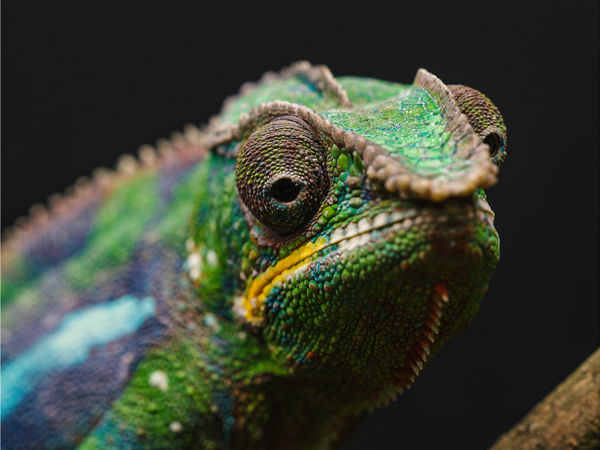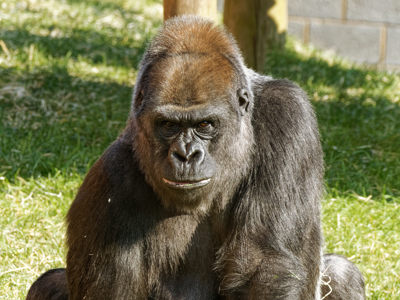
Western Lowland Gorilla
Gorillas are one of the four great apes, along with orangutans, chimpanzees and bonobos. Great apes are different from monkeys in that apes are bigger, tail-less and more intelligent. If it looks like a monkey but doesn’t have a tail - it’s an ape!
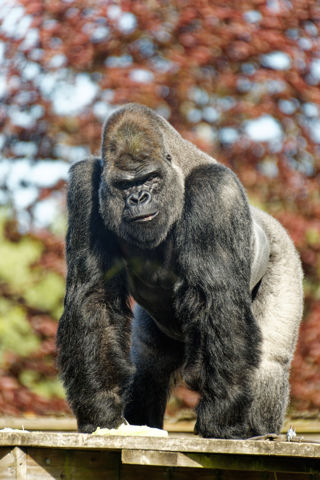
What is special about gorillas?
Gorillas are the largest of the great apes. They can climb trees, but they spend the majority of their time on the ground. They live in communities called ‘troops’, which are led by a silverback male and can be made of up to 30 gorillas.
Despite their powerful appearance and large canine teeth, gorillas are herbivores (vegetarians). They eat over 200 different types of plants! (Petre et al. 2013). Mountain gorillas mainly feed on leaves, stems and shoots of plants (folivore), whereas lowland gorillas prefer to eat more fruit when it is available (frugivore).
Gorillas play a crucial role in keeping rainforests healthy and flourishing – they do this by dispersing seeds. When gorillas eat, they swallow the seeds whole. As they travel around, they poop the seeds out in new places, which means the seeds have a better chance of growing into new rainforest plants and trees.
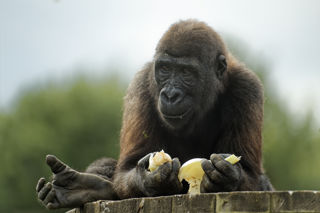
Did you know?
There are four subspecies of gorilla, which are all found in the Congo basin in Africa - the second largest rainforest in the world. Here at Twycross Zoo we have a troop of western lowland gorillas.
Gorillas make over 16 different types of vocalisations, from humming when they are content to clapping their hands to alert others to danger. They are famous for beating their chests, which let other gorillas know how big they are – a sound that can be heard up to half a mile away.
Nose shape and pattern is as unique to each gorilla as fingerprints are to us. This is one tool that scientists use to study wild gorillas - see if you can spot differences between our gorillas’ noses on your visit to Twycross Zoo.
A silverback gorilla is not a species of gorilla, but a development when male gorillas are fully grown (around 15 years old). Gorillas can live to around 40 years old in the wild, so their silverback is not a sign of old age!
Key Facts:
Scientific name: Gorilla gorilla gorilla
Range: Congo; Gabon; Cameroon; Equitorial Guinea; Angola; Central African Republic
Habitat: Rainforest (Lowland); Rainforest (Swamp)
Diet: Herbivore (frugivore/folivore)
IUCN Red List: Critically Endangered
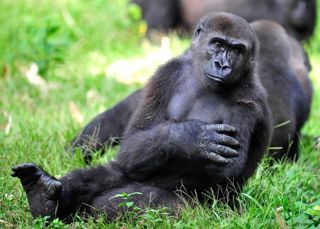
What are we doing to protect western lowland gorillas?
Twycross Zoo works closely with other zoos to create a healthy captive population of Western lowland gorillas that could be used if the wild population ever goes extinct. This is known as the European Ex-situ Breeding Programme (EEP).
Twycross Zoo runs a mobile phone recycling scheme to help protect gorilla habitat from illegal mining of coltan – a key mineral that is used in mobile phones. You can hand in your old mobile phones for recycling at Guest Services, or post them to us at: Guest Services, Twycross Zoo, Burton Road, Atherstone, CV9 3PX.
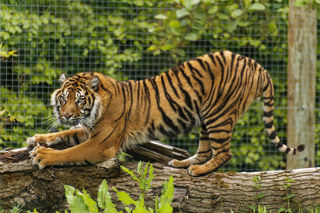
SUPPORT OUR ANIMALS
If you're looking for an alternative way to donate to Twycross Zoo, you can help support our animals and our zoo keepers by purchasing something from our Amazon Wishlist!
Updated regularly by our zoo keepers, the items on the list help to provide enrichment for our animals and keep their habitats well maintained.
Every donation helps us as a conservation charity.
